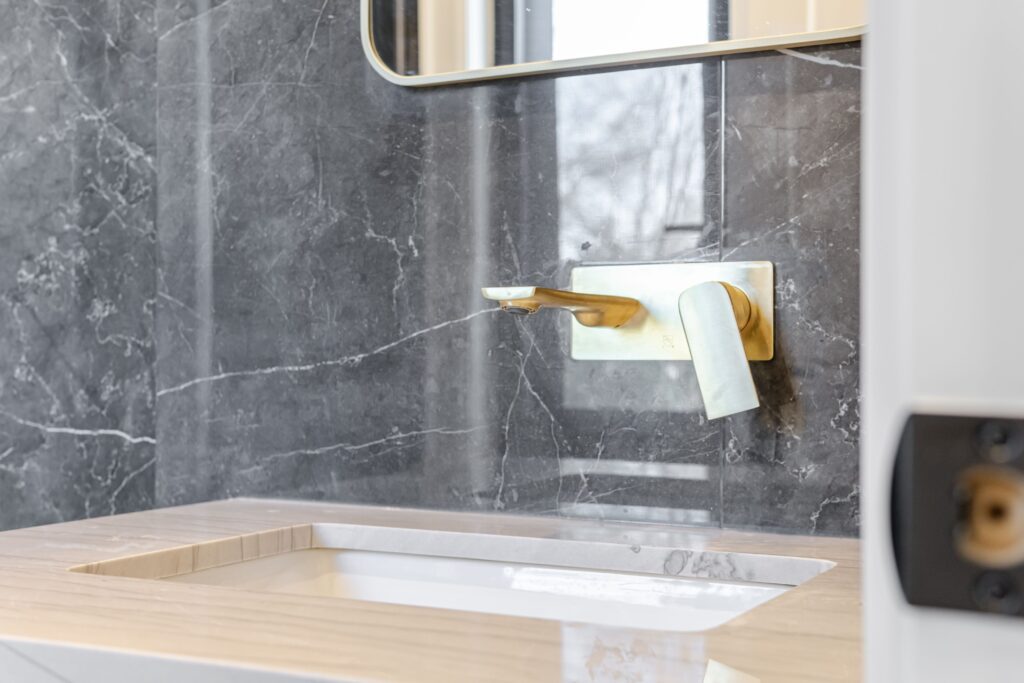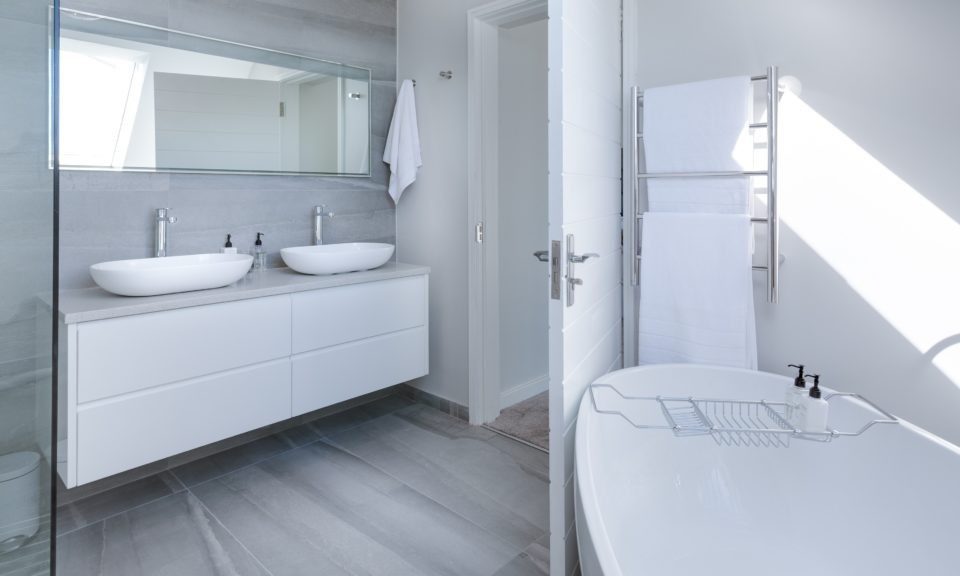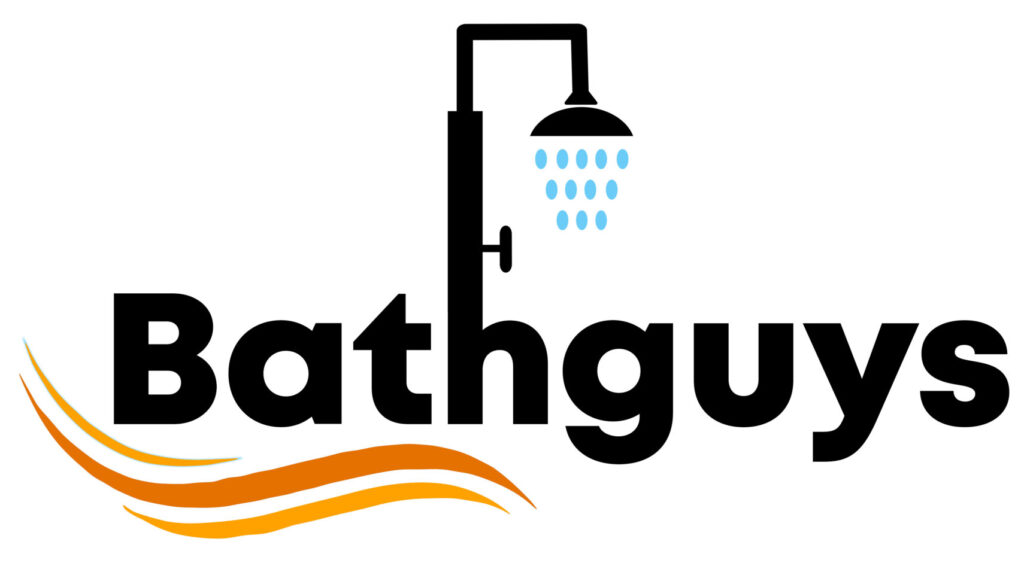As the cold Canadian winters roll in, most homeowners start winterizing their homes—but many forget one important space: the bathroom. From frozen pipes to cold tile floors, the bathroom can quickly become uncomfortable if not properly prepared for winter. If you’re living in Toronto or the GTA, where temperatures can dip well below freezing, making a few smart upgrades can help avoid damage and keep your space warm and cozy.
In this blog, we’ll guide you through easy, effective steps to prepare your bathroom for the cold Canadian winters. Whether you’re planning a full renovation or just a few quick fixes, we’ll show you how to protect your plumbing, improve comfort, and boost energy efficiency—so your bathroom stays warm and functional all season long.
Table of Contents
Why Bathroom Winter Prep Matters in Canada
Canadian winters are known for their harsh temperatures, and your bathroom can be one of the most vulnerable spaces in your home during the colder months. Here’s why preparing your bathroom for the cold Canadian winters is essential:

1. Prevents Frozen Pipes
When temperatures drop below freezing, pipes in exterior walls or poorly insulated areas can freeze—and even burst. This can lead to expensive water damage and repairs. Winterizing your bathroom helps protect your plumbing system by keeping water flowing and temperatures regulated.
2. Improves Bathroom Comfort
No one enjoys stepping onto freezing cold tiles or using a chilly toilet seat. Winter bathroom prep can make your space much more comfortable with small upgrades like heated floors, insulated windows, or a towel warmer.
3. Reduces Energy Costs
Bathrooms with poor insulation can let warm air escape and cold air in, making your heating system work harder. Sealing drafts and improving insulation can make your bathroom more energy-efficient and reduce monthly utility bills.
4. Extends the Life of Bathroom Fixtures
Cold, damp conditions can cause condensation and excess moisture, which may lead to mould, mildew, or rust on metal fixtures. Winterizing your bathroom helps maintain the condition of your tiles, faucets, and other hardware.
5. Enhances Safety
Wet, slippery floors in a cold bathroom can be a safety hazard—especially for seniors or children. Adding slip-resistant rugs and ensuring proper heating can make your bathroom safer during winter.
6. Increases Home Value
A well-maintained, winter-ready bathroom is an attractive feature for potential buyers. If you’re thinking about selling in the near future, these small upgrades can make a big difference in how your home is valued.
Step‑by‑Step Winter Prep Guide for Your Bathroom
Getting your bathroom ready for the cold season doesn’t have to be complicated. Follow these simple, practical steps to complete your bathroom winter prep in Canada and keep your space safe, warm, and efficient all season long.
Step 1: Inspect and Insulate Pipes
Cold air can cause exposed pipes to freeze, especially those along exterior walls.
✅ Wrap pipes with foam insulation sleeves or use heat tape for extra protection.
✅ Pay special attention to areas under sinks and around toilets.
Step 2: Seal Drafts Around Windows and Doors
Cold drafts not only make the bathroom chilly but also increase heating costs.
✅ Use weather stripping or caulking to seal gaps around bathroom windows and doors.
✅ Check exhaust fans and vents to ensure they close tightly when not in use.
Step 3: Add a Space Heater or Install In-Floor Heating
To improve comfort, consider heating upgrades.
✅ A portable bathroom-safe space heater can provide extra warmth.
✅ For long-term comfort, in-floor radiant heating is a great investment for Canadian winters.
Step 4: Upgrade to a Heated Towel Rack or Toilet Seat
These additions enhance luxury and warmth during the colder months.
✅ Heated towel racks help towels dry faster and keep you cozy after showers.
✅ Heated toilet seats reduce the shock of cold ceramic on winter mornings.
Step 5: Improve Ventilation to Control Moisture
Winter air is dry outside but condensation builds up indoors, especially in bathrooms.
✅ Ensure your exhaust fan is working efficiently.
✅ Clean vents and replace filters if needed to prevent mould and mildew buildup.
Step 6: Switch to Winter-Grade Caulking
Old or cracked caulking can allow moisture to seep in and freeze.
✅ Remove deteriorated caulking around tubs, sinks, and tiles.
✅ Replace with waterproof, mildew-resistant caulk designed for low temperatures.
Step 7: Check Water Heater Efficiency
A cold bathroom is bad enough—don’t let the water go cold too.
✅ Flush your water heater to remove sediment.
✅ Set it to a temperature of 120°F (49°C) to balance safety and comfort during winter.
Step 8: Add Warm, Non-Slip Mats or Rugs
Ceramic and porcelain tile floors get extremely cold.
✅ Use thermal or non-slip rugs to make floors more comfortable and safer, especially for seniors.
Step 9: Store Cleaning Supplies Safely
Many bathroom cleaners lose effectiveness in freezing temperatures.
✅ Store liquids above floor level in cabinets or heated spaces to avoid freezing.
Step 10: Schedule a Professional Inspection (Optional but Recommended)
If your home is older or you’re unsure about insulation, it’s smart to get professional advice.
✅ A winter home check-up can help spot hidden problems before they become costly repairs.
Preventing Mold and Condensation During Winter
Winter weather in Canada often means tightly sealed homes, reduced ventilation, and a sharp increase in indoor humidity — a combination that creates the perfect conditions for mold growth and excess condensation, especially in bathrooms. Taking a few smart precautions during your bathroom winter prep in Canada can help keep your space dry, safe, and healthy all season long.
1. Use a High-Quality Exhaust Fan
One of the most effective ways to control bathroom moisture is proper ventilation.
✅ Ensure your bathroom exhaust fan is powerful enough for the room size (measured in CFM).
✅ Run the fan during and at least 15–20 minutes after every shower or bath.
✅ Consider installing a humidity-sensing fan for hands-free operation.
2. Keep Windows Slightly Open When Possible
Even in colder months, a small window opening can balance indoor moisture levels.
✅ Crack the window open slightly during hot showers to allow steam to escape.
✅ In extremely cold climates, ensure the window has proper insulation to prevent heat loss.
3. Wipe Down Surfaces After Use
Lingering moisture on tiles, mirrors, and countertops is a mold magnet.
✅ Use a microfiber cloth or squeegee to wipe down wet surfaces after bathing.
✅ Dry the shower walls and tub regularly to limit dampness.
4. Dehumidify If Needed
If your bathroom lacks windows or strong ventilation, use a portable dehumidifier.
✅ Look for compact models made specifically for small, humid spaces like bathrooms.
✅ Keep humidity levels between 30–50% to prevent condensation and mold spores.
5. Heat the Bathroom Consistently
Condensation forms when warm, moist air hits cold surfaces.
✅ Maintain a stable room temperature to reduce this effect.
✅ Heated floors or towel warmers can also minimize cold surfaces where moisture collects.
6. Repair Leaks Promptly
Winter is not the time to ignore plumbing issues.
✅ Check for hidden leaks under sinks, around toilets, and behind walls.
✅ Even small drips can increase humidity and trigger mold growth.
7. Replace or Refresh Caulking and Grout
Old, cracked, or moldy caulking is a prime area for moisture to seep in and mold to grow.
✅ Re-caulk around tubs, sinks, and backsplashes with mold-resistant products.
✅ Clean and seal grout lines to create a water-repellent barrier.
8. Choose Mold-Resistant Materials and Paints
If you’re planning a winter bathroom renovation, use moisture-friendly materials.
✅ Opt for mold-resistant drywall (green board), mildew-resistant paint, and moisture-rated flooring.
✅ These upgrades offer long-term protection against winter dampness.
9. Keep Air Circulating
Static air allows moisture to linger.
✅ Keep the bathroom door slightly open when not in use.
✅ Install a ceiling fan outside the bathroom for improved airflow in your home.
Bonus Safety & Comfort Tips for Toronto Homeowners
When it comes to bathroom winter prep in Canada, safety and comfort go hand-in-hand — especially in a city like Toronto, where cold snaps and icy mornings are the norm. Beyond the basics of insulation and ventilation, these extra tips can make your bathroom safer, warmer, and more enjoyable during the long winter months.

1. Add Non-Slip Mats and Grab Bars
Slippery tiles combined with wet feet can lead to dangerous falls.
✅ Place non-slip mats inside and outside the shower or tub.
✅ Install grab bars near the toilet and shower for added support — especially important for seniors or aging parents.
2. Install a Heated Towel Rack
There’s nothing more comforting than a warm towel after a winter shower.
✅ Heated towel racks not only add luxury but also reduce dampness, preventing mildew.
✅ Look for wall-mounted or freestanding models that suit your bathroom size.
3. Upgrade to Motion-Sensor Lighting
Winter days are darker, and bathrooms often lack natural light.
✅ Install motion-sensor or dimmable LED lighting to enhance safety and convenience.
✅ This is especially helpful for nighttime trips to the bathroom — no more fumbling for switches.
4. Maintain a Clear and Dry Floor Area
Water drips can freeze near bathroom thresholds if there’s poor heating in nearby hallways.
✅ Keep the floor dry and clutter-free to prevent slips.
✅ Use bath rugs with non-slip backings and launder them regularly to reduce moisture buildup.
5. Lower Your Water Heater Temperature
While it may be tempting to crank up the heat, excessively hot water increases scalding risk.
✅ Set your water heater to around 49°C (120°F) to maintain comfort without compromising safety.
✅ It also helps conserve energy during peak winter usage.
6. Keep Plumbing Accessible
In case of a plumbing emergency during a deep freeze, quick access is essential.
✅ Know where your bathroom shut-off valves are located.
✅ Avoid placing permanent furniture or storage in front of plumbing access points.
7. Use Scented Candles or Diffusers for Comfort
A pleasant scent can transform your winter routine.
✅ Use seasonal scents like eucalyptus, vanilla, or cinnamon to create a spa-like atmosphere.
✅ Choose candles or essential oil diffusers that are safe for enclosed spaces and provide subtle warmth.
8. Prepare an Emergency Bathroom Kit
Toronto winters can lead to sudden power outages or frozen pipes.
✅ Stock an emergency kit with flashlights, extra towels, and bottled water for handwashing.
✅ For multi-level homes, consider keeping a basic kit in each bathroom for convenience.
Conclusion
Preparing your bathroom for winter in Canada is not just about comfort — it’s about safety, energy efficiency, and protecting your home from costly damage. By focusing on proper ventilation, insulation, and mold prevention, Toronto homeowners can ensure their bathrooms stay warm, dry, and functional all season long. From simple upgrades like heated towel racks to essential steps like sealing drafts and checking your exhaust fan, these strategies are key to successful bathroom winter prep in Canada. With a little planning, your bathroom can become a cozy and worry-free space no matter how cold it gets outside.
FAQs
-
How do I winterize my bathroom in Canada?
To winterize your bathroom, start by sealing any window or door drafts, insulating pipes to prevent freezing, and checking that your exhaust fan works efficiently. You should also consider heated flooring, towel warmers, and anti-slip mats for added comfort and safety during cold months.
-
Can bathroom pipes freeze in winter in Toronto?
Yes, if your bathroom has poor insulation or exterior-facing walls, pipes can freeze during extreme cold. Prevent this by insulating exposed pipes, maintaining a steady room temperature, and allowing faucets to drip slightly during deep freezes to relieve pressure buildup.
-
What’s the best way to prevent mold in a bathroom during winter?
The best way is to ensure proper ventilation. Run the exhaust fan during and after showers, keep windows cracked when possible, and use a dehumidifier if needed. Wipe down wet surfaces regularly and use mold-resistant paint or caulking to prevent growth.
-
Are heated towel racks and floors worth it for winter prep?
Absolutely. Heated towel racks and radiant heated floors provide both comfort and function during Canadian winters. They help reduce moisture, prevent mold buildup, and offer a luxurious feel, especially in colder, draft-prone bathrooms.





